When Steve Jobs introduced the first iPhone in 2007, he clearly revolutionized the smartphone segment. However, this is not only with regard to their control and use itself, but also in terms of design and size. However, we are growing considerably from a small and compact "cake", and modern smartphones are rather larger than smaller.
The first iPhone released in 2007 weighed just 135g, and that included an aluminum back. Because the iPhone 3G got a plastic back, even though it contained more modern technologies, it dropped only two grams. The 3GS weighed just as much as the first model, and despite the iPhone 4's glass back and steel frame, it weighed just 137g. However, the lightest iPhone was the iPhone 5, which weighed just 112g. The first bezel-less iPhone X with a 5,8" display weighed 174 g, which is paradoxically the same per gram as the current iPhone 13 weighs. With the iPhone 12, Apple even managed to reduce the phone's weight to 162 g compared to the X model.
As for the Plus models, the iPhone 6 Plus with its 5,5" display weighed an already noticeable 172 g. Compared to today's Max models, this is still nothing. The iPhone 7 Plus weighed 188g and the iPhone 8 Plus, which already offered a glass back and wireless charging, weighed 202g. The first Max model, which was the iPhone XS Max, weighed only 6 grams more. The drastic intergenerational increase in weight was between it and the iPhone 11 Pro Max, which weighed 226 g. The iPhone 12 Pro Max model also kept the same weight. The current iPhone 13 Pro Max is by far the heaviest iPhone, as it weighs a whopping 238g. That's a difference of 103g compared to the first iPhone. It's like carrying a Milka bar in your pocket with it in 2007.
It could be interest you
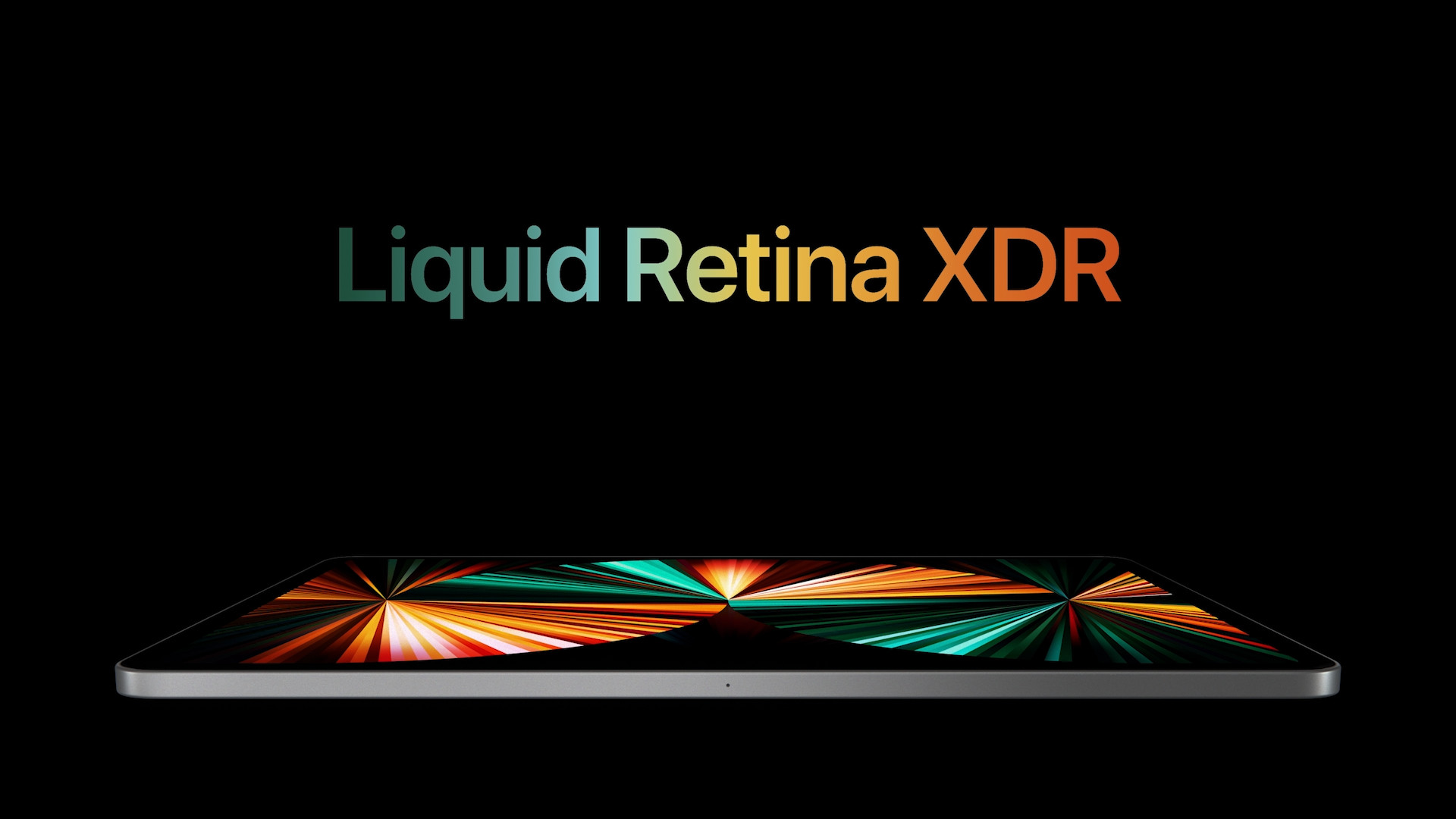
The situation with the competition
Of course, not only the components used are signed on the scale, but also the materials, such as glass, aluminum or steel in the case of iPhones. Such Sony Ericsson P990, which came out in 2005 and was among the top smartphones at the time, weighed 150 g, still more than the first iPhone, even though it had a completely plastic body (and an extreme thickness of 26 mm compared to 11,6 mm in the case of the first iPhone. The competition's top models are no hummingbirds either. Samsung's current top model, the Galaxy S21 Ultra 5G, weighs 229 g, while the Samsung Galaxy Z Fold 3 5G weighs 271 g. The Google Pixel 6 Pro is light in this respect, with its 6,71 .210" display weighs only XNUMX g.
If something can be improved in this respect, it is difficult to judge. Of course, it would be great to have a large and light device, but physics is against us in this regard. Since the glass that covers both the display and the back of the iPhones is heavy after all, Apple would have to come up with some new technology that could lighten it. The same applies to an aluminum or steel frame. Of course, the use of plastics would be offered, but surely no user wants that. Just as no one is interested in a creaking and not very durable structure. We took data on the weight of individual models from the website GSMarena.com.
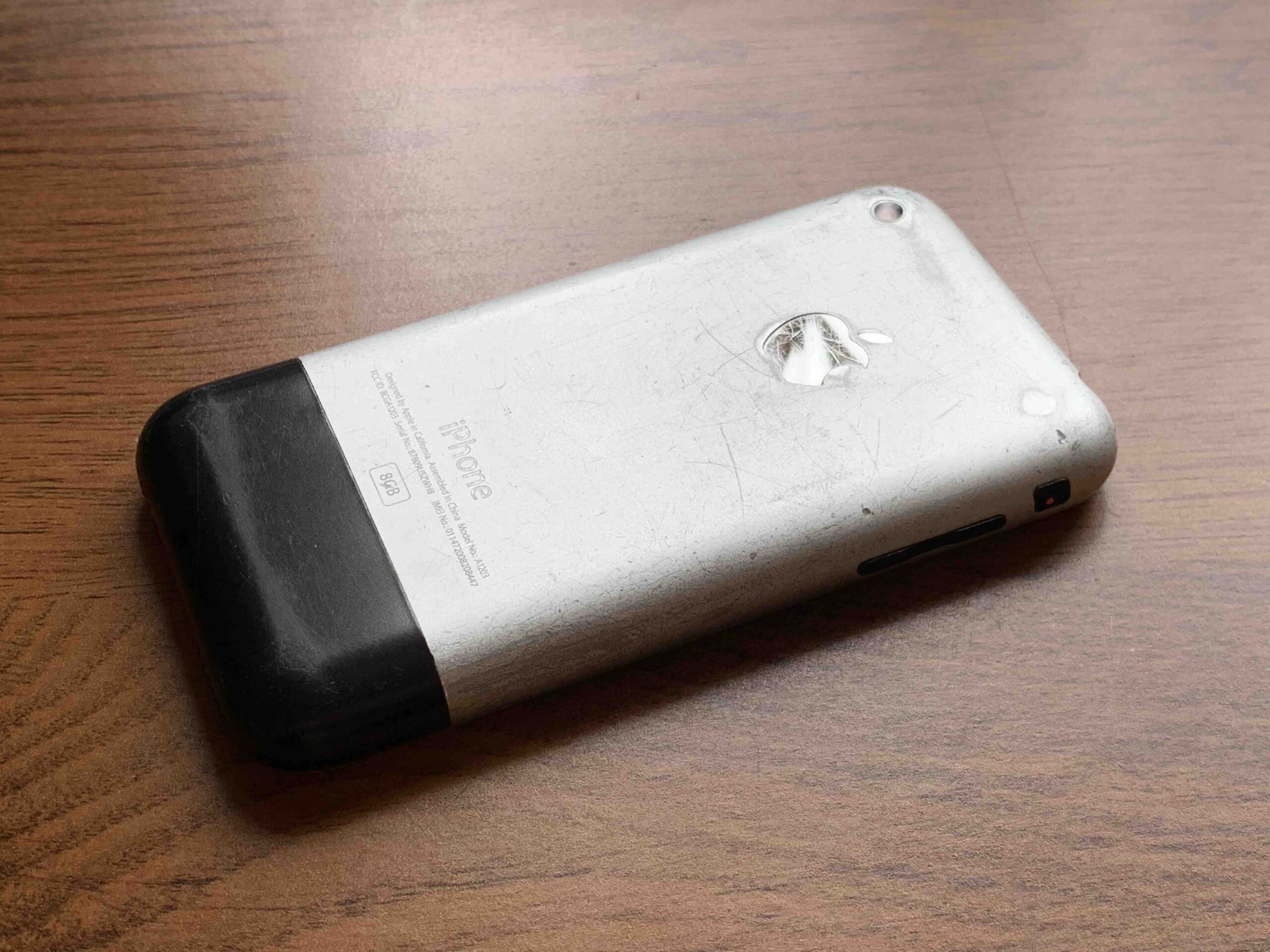

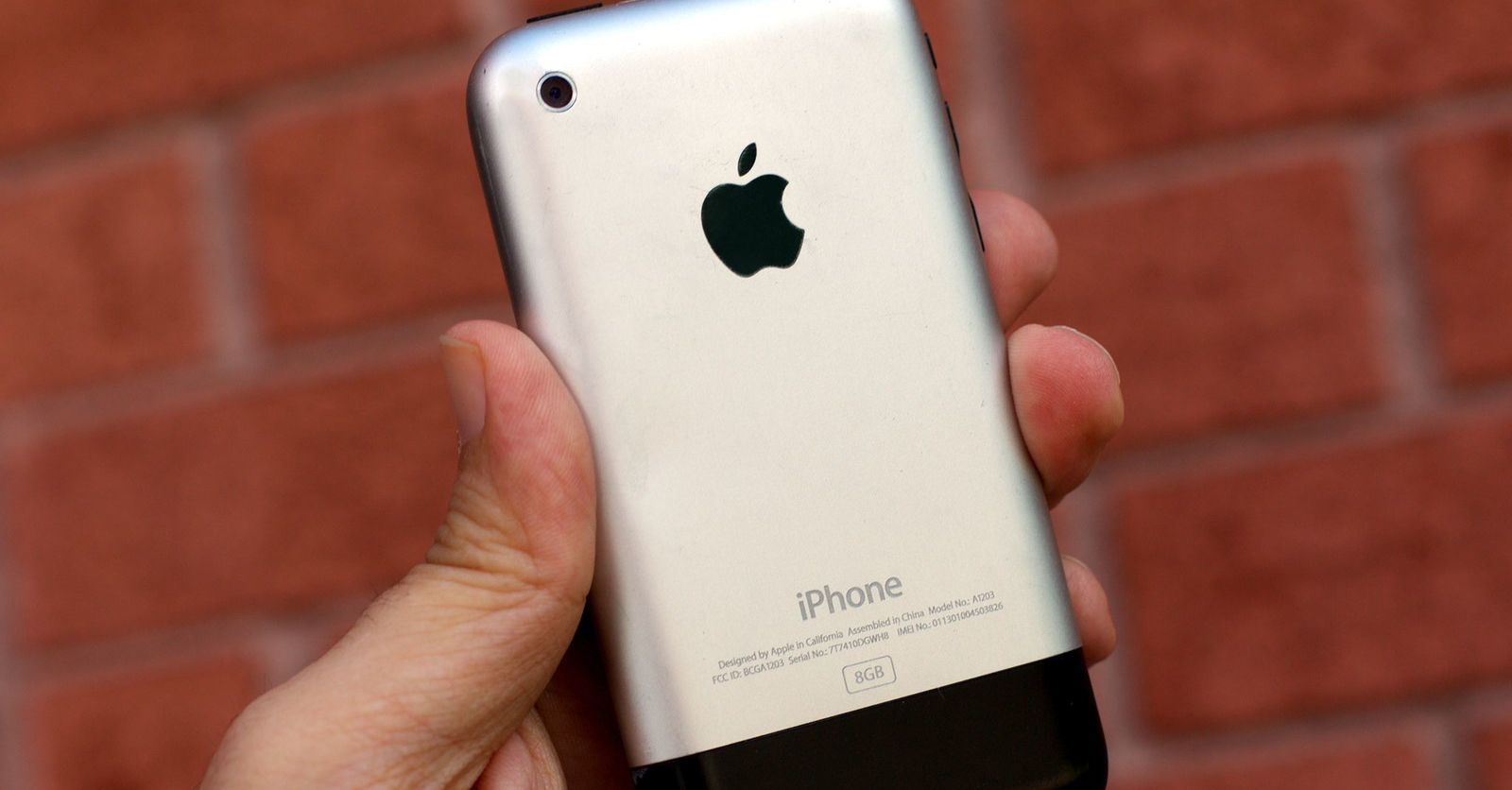

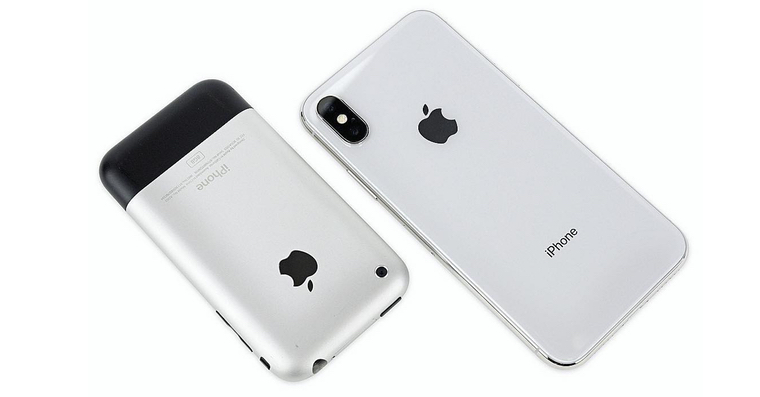
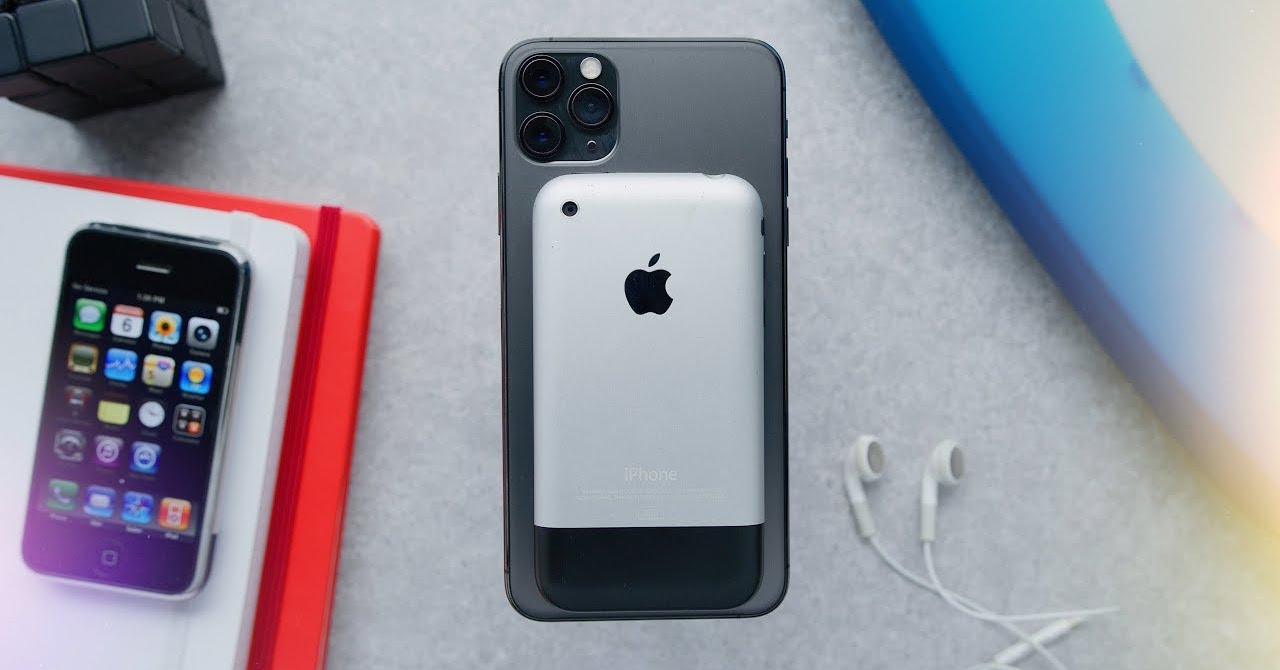
 Adam Kos
Adam Kos 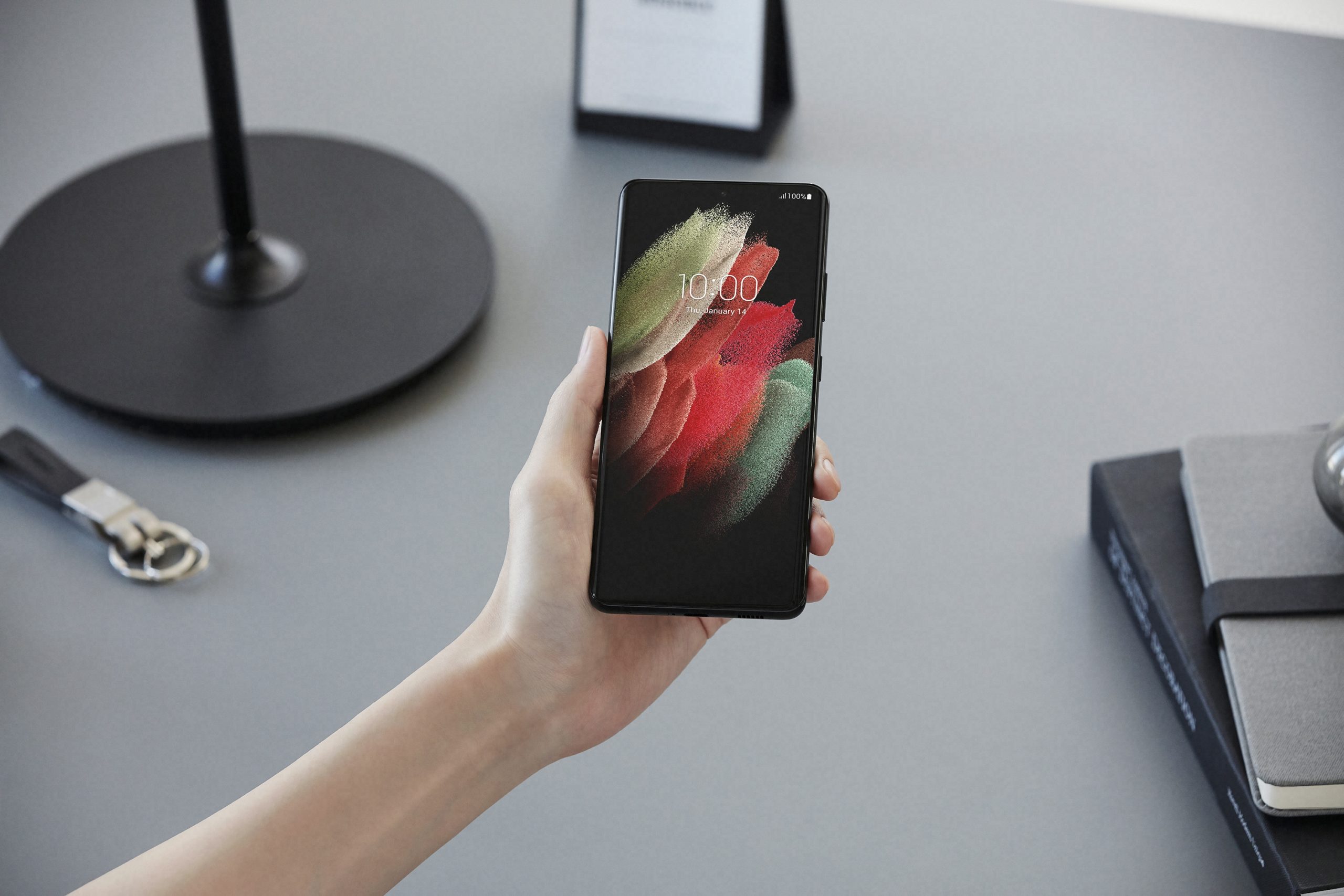


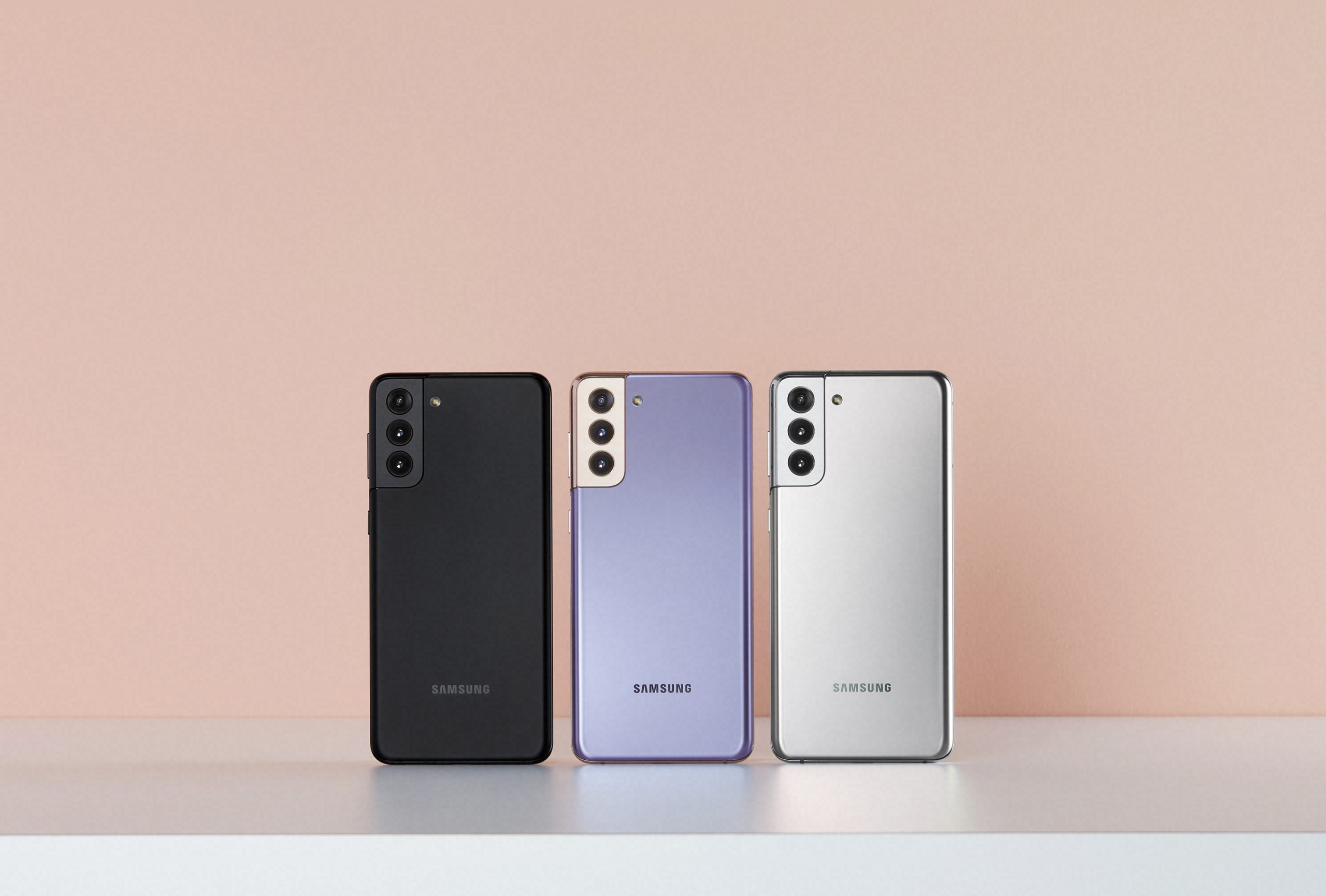
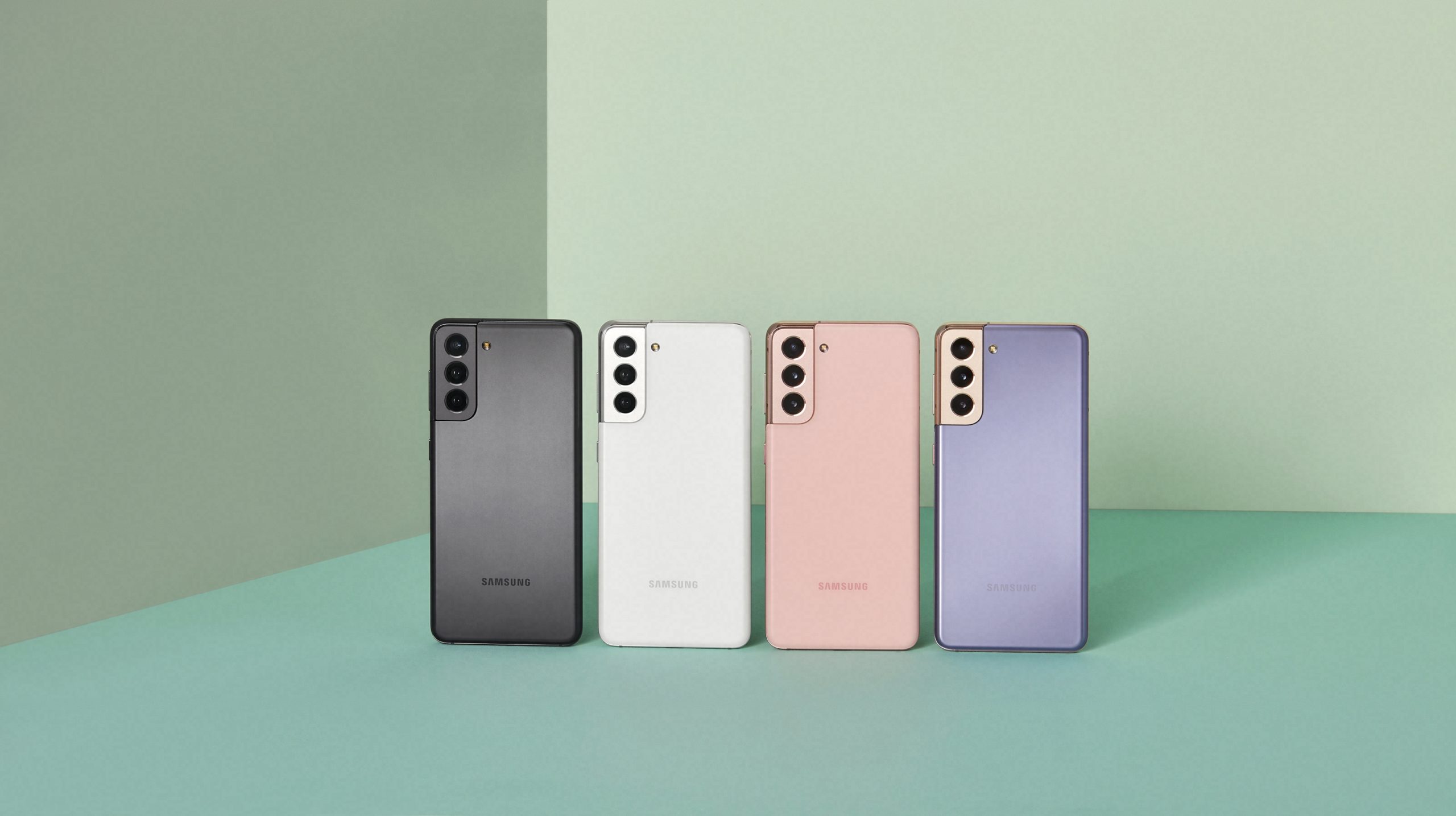
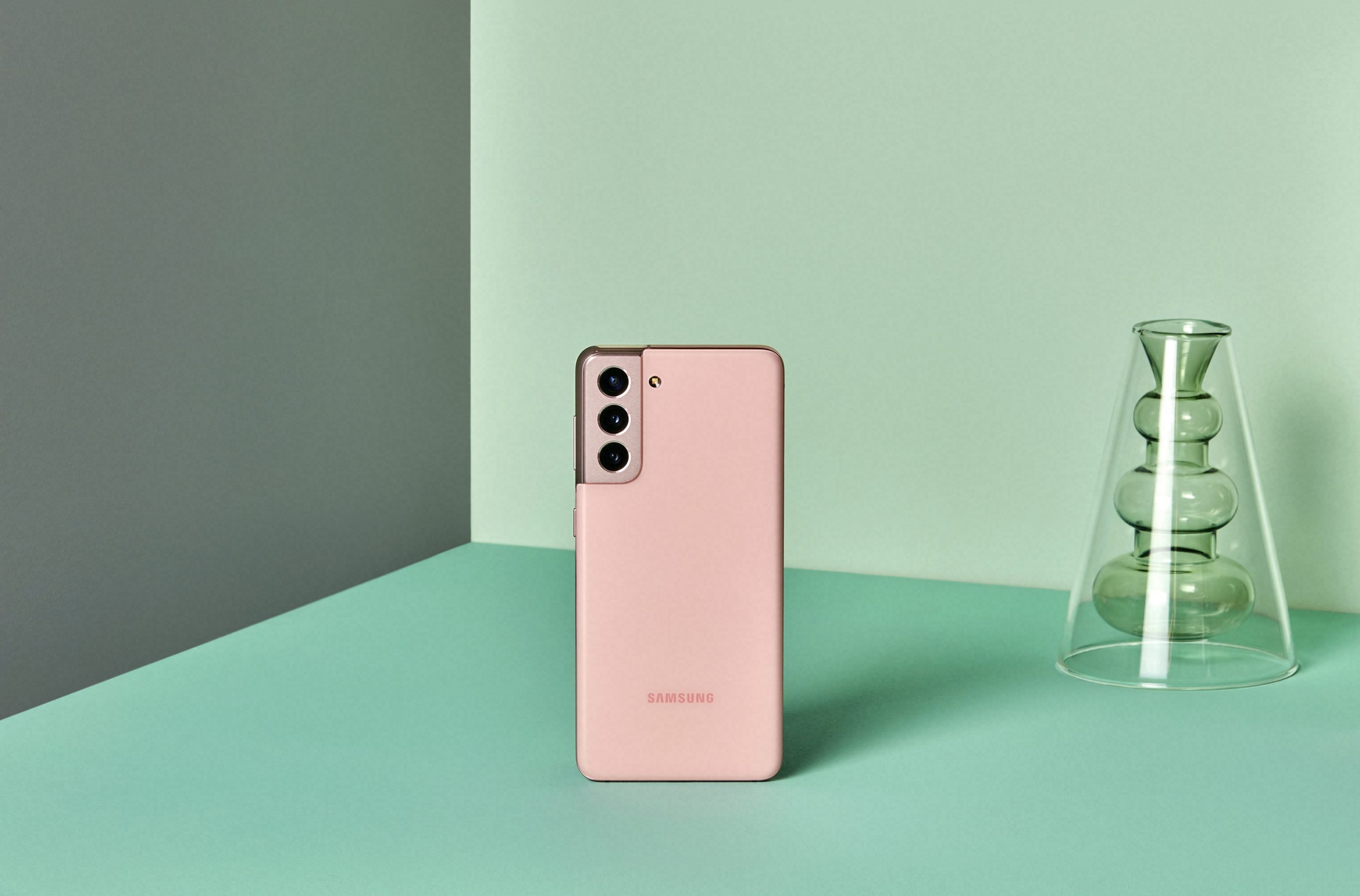
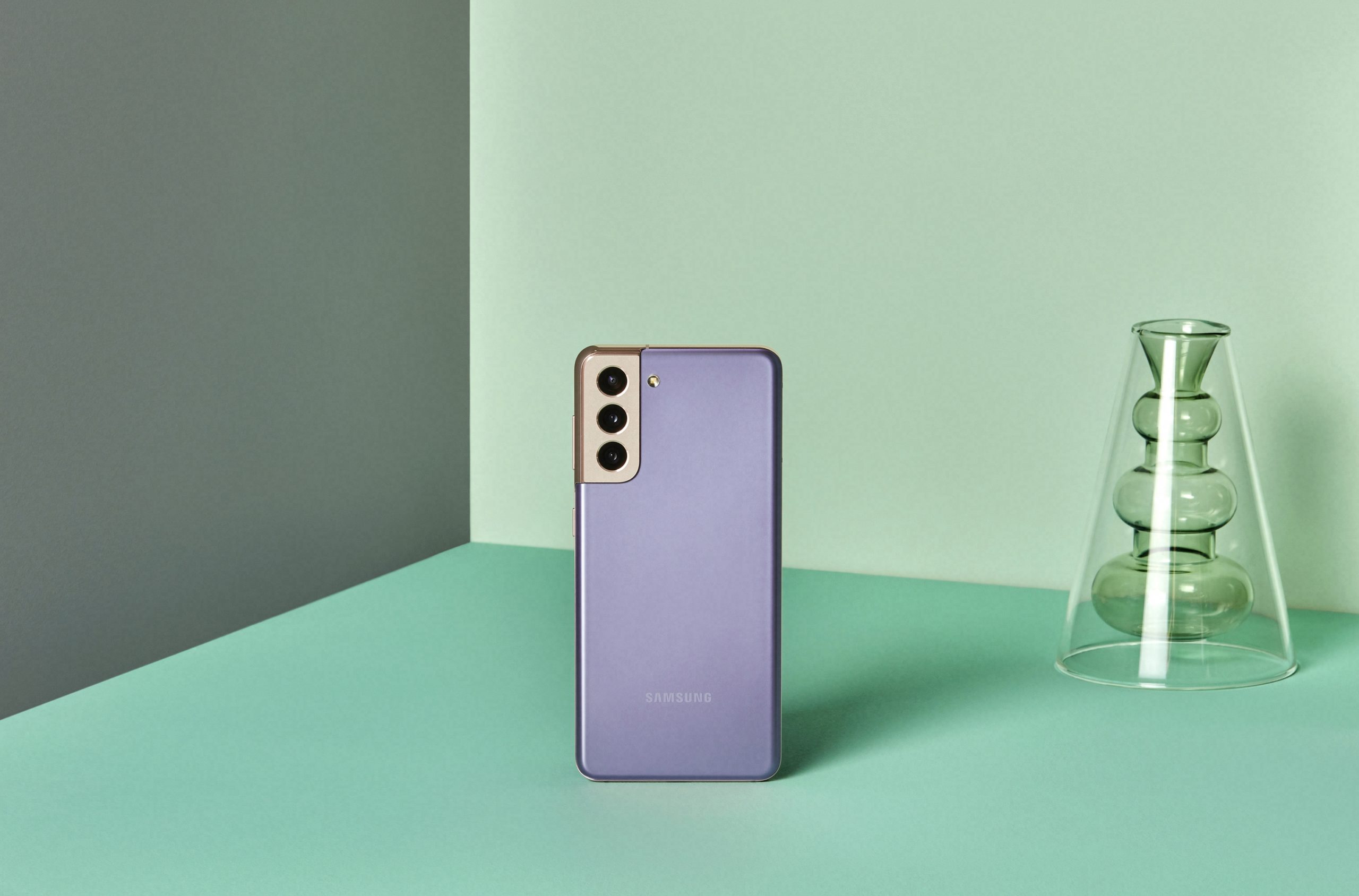
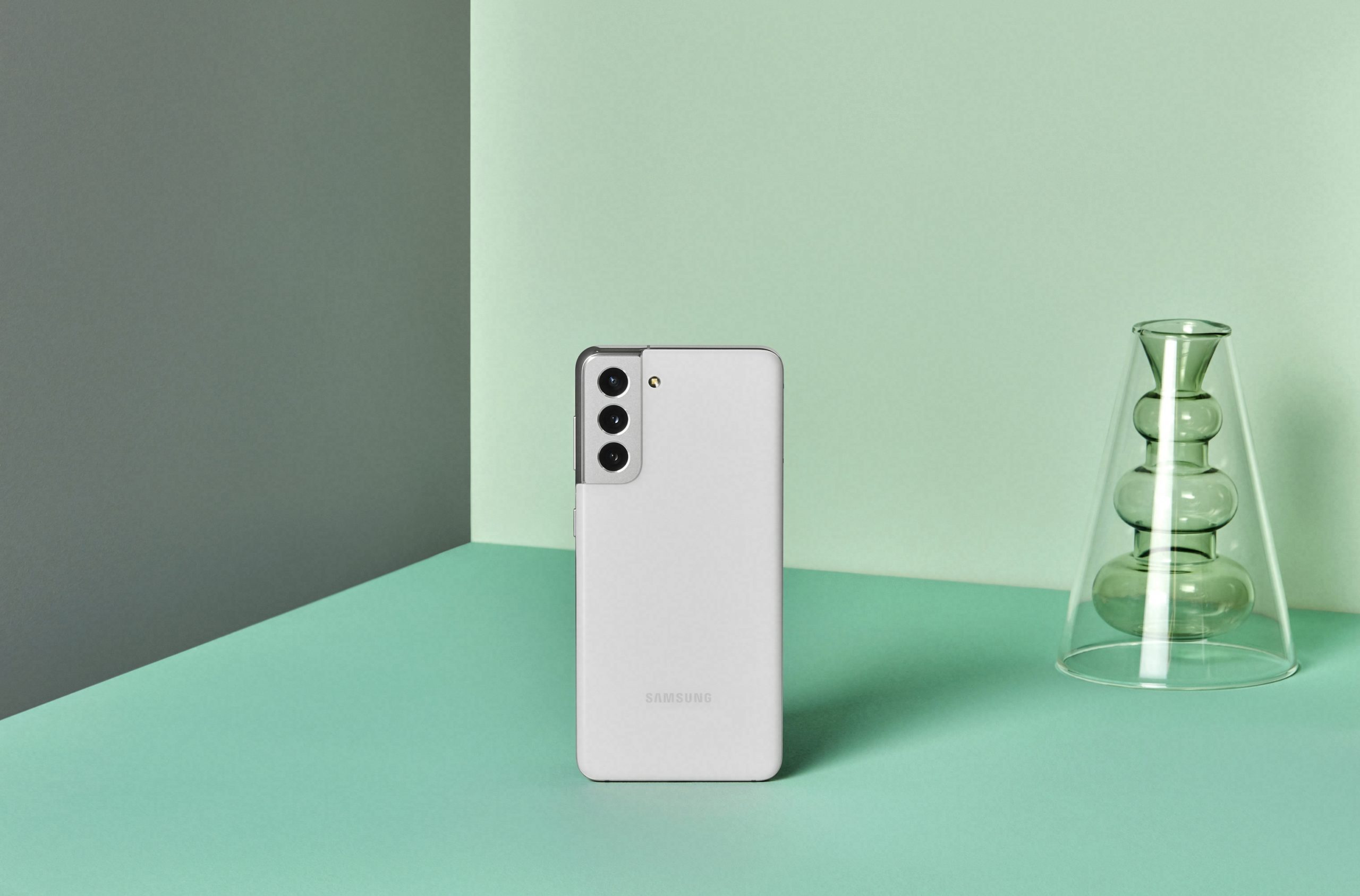
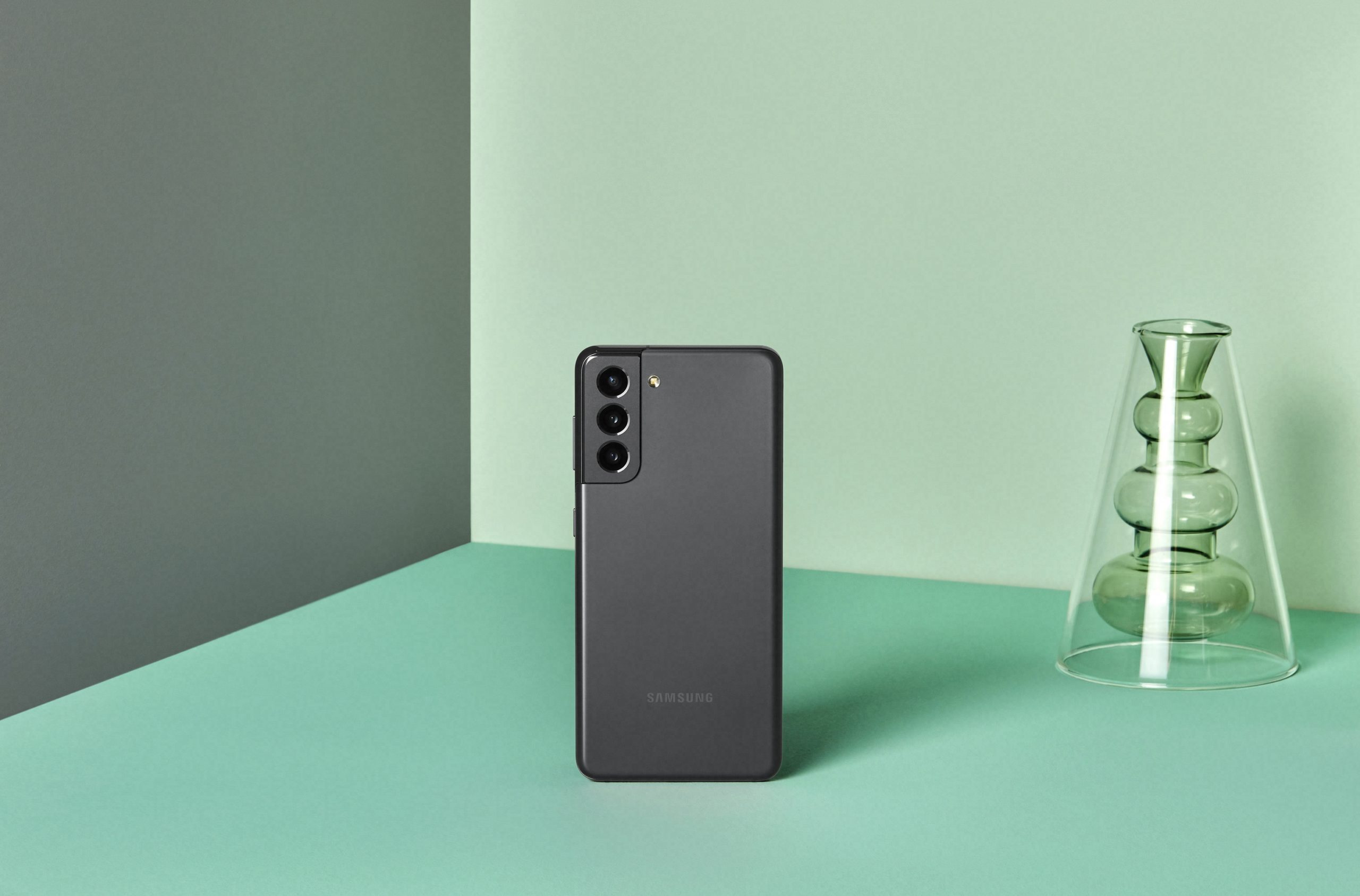
So I would definitely give plastic over glass.. there are enough high-quality plastics that can last a while. Stuffing glass everywhere seems .. unreasonable Bo)
Exactly, I'd probably prefer plastic too, it's more durable
And won't the difference in weight be mainly caused by the size of the battery? How much did it weigh in the A5S and how much in the A13MAX? …